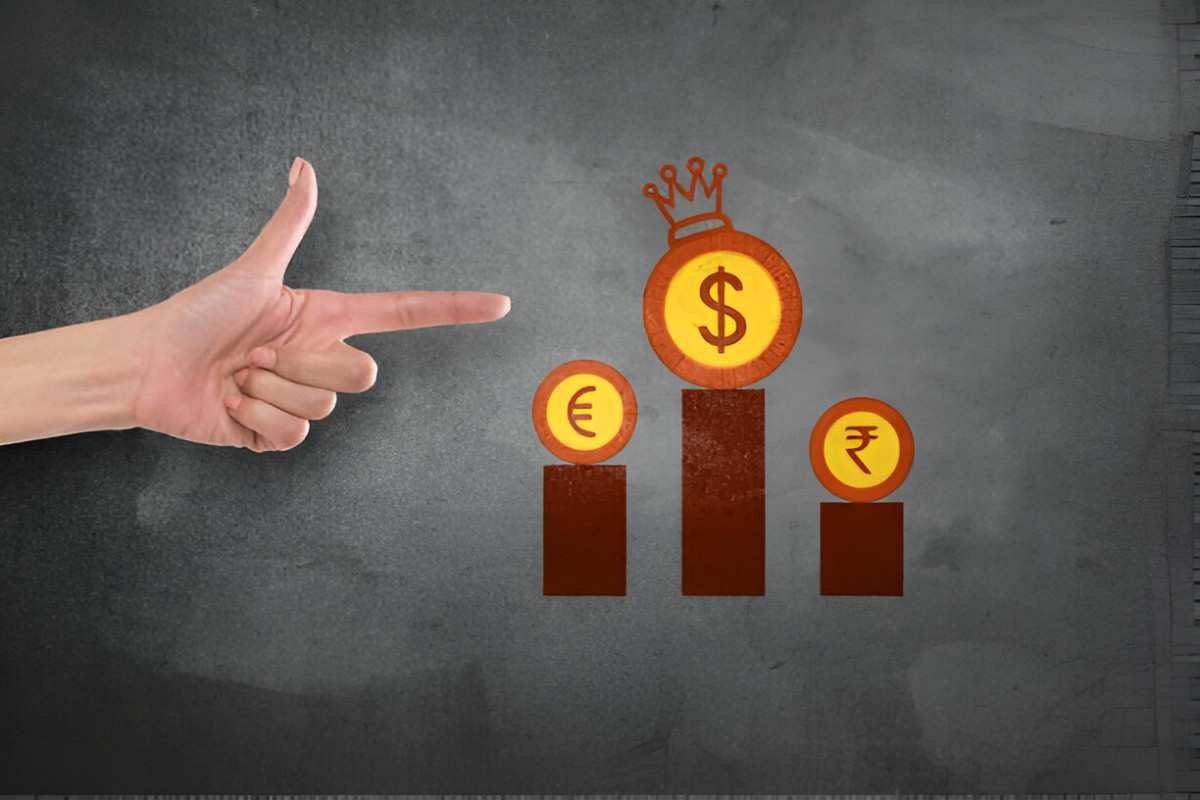As a financial analyst, I often encounter investors who balk at paying more than 0.50% in fees for a mutual fund. But some actively managed funds consistently outperform their benchmarks even after fees—making their higher expense ratios worthwhile.
Table of Contents
Why Some Funds Earn Their Higher Fees
The average actively managed U.S. equity mutual fund charges 0.67% (ICI 2024), while index funds average 0.10% or less. But certain funds justify their costs through:
- Persistent alpha generation (outperformance after fees)
- Lower downside capture in bear markets
- Unique strategies unavailable in passive funds
Performance After Fees: Active vs. Passive (10-Year Annualized Returns)
| Fund Type | Avg. Return | Avg. Expense Ratio |
|---|---|---|
| Top Quartile Active Funds | 10.8% | 0.85% |
| S&P 500 Index Funds | 10.2% | 0.03% |
| Bottom Quartile Active Funds | 7.1% | 0.90% |
Source: Morningstar Active/Passive Barometer (2024)
Key Insight: The best active funds beat the index net of fees, while the worst underperform dramatically. The challenge is identifying the true outperformers.
7 Higher-Fee Mutual Funds Worth the Cost
1. Fidelity Contrafund (FCNTX) – 0.55% Expense Ratio
Why It’s Worth It:
- 23 years of outperformance vs. Russell 1000 Growth
- Manager Will Danoff avoids tech bubbles (lost less in 2022 than peers)
- 10-Year Return: 12.4% vs. 11.9% for index
Performance Attribution:
- Stock selection added 1.8% annually after fees (Morningstar)
2. T. Rowe Price Blue Chip Growth (TRBCX) – 0.69% Expense Ratio
Why It’s Worth It:
- Focuses on “emerging blue chips” (e.g., Shopify, Tesla pre-2020)
- 15-Year Return: 14.1% vs. 13.2% for S&P 500
- Bear Market Resilience: Lost 27% in 2022 vs. 33% for ARKK
3. Dodge & Cox Income Fund (DODIX) – 0.42% Expense Ratio
Why It’s Worth It:
- Top-decile bond fund for 15+ years
- Avoided 2022’s worst bond losses via duration management
- Yield: 4.3% (vs. 3.8% for Bloomberg Agg)
4. American Funds Growth Fund of America (AGTHX) – 0.62% Expense Ratio
Why It’s Worth It:
- 70+ years of disciplined growth investing
- 10-Year Return: 11.9% vs. 10.2% for Russell 1000 Growth
- Lower volatility than peers (beta of 0.92)
5. Baron Partners Fund (BPTRX) – 1.30% Expense Ratio
Why It’s Worth It:
- Concentrated in disruptive growth (Tesla, SpaceX)
- 5-Year Return: 18.2% (vs. 14.1% for S&P 500)
- Fee is high, but alpha is higher (+4.1% annualized after fees)
6. Vanguard Wellington (VWELX) – 0.25% Expense Ratio
Why It’s Worth It:
- Balanced fund (65% stocks, 35% bonds)
- 50+ years of steady returns
- 10-Year Return: 7.9% vs. 6.1% for 60/40 benchmark
7. Fidelity Low-Priced Stock Fund (FLPSX) – 0.88% Expense Ratio
Why It’s Worth It:
- Small/mid-cap value specialist
- 20-Year Return: 10.3% vs. 8.9% for Russell 2000
- Deep value approach uncovers overlooked stocks
Do These Funds Beat Indexing After Fees?
Let’s compare FCNTX (0.55% fee) vs. Vanguard Growth ETF (VUG, 0.04% fee):
| Metric | FCNTX | VUG |
|---|---|---|
| 10-Year Return | 12.4% | 11.9% |
| 10-Year $10,000 Growth | $32,190 | $30,800 |
| Max Drawdown (2022) | -27% | -30% |
Result: FCNTX added $1,390 more per $10,000 despite higher fees.
When Higher Fees Don’t Pay Off
Not all expensive funds justify their costs. Avoid funds with:
- Consistent underperformance vs. benchmarks
- High turnover (>100%), which creates tax drag
- “Closet indexing” (holding 200+ stocks like an index fund)
Final Verdict: Who Should Buy These Funds?
These seven funds justify their fees for investors who want:
✅ Lower volatility than the market
✅ Active risk management in downturns
✅ Exposure to unique strategies (small-cap value, disruptive growth)
For most investors, a core index fund (e.g., VTI) with one or two of these actively managed funds creates an optimal balance.





